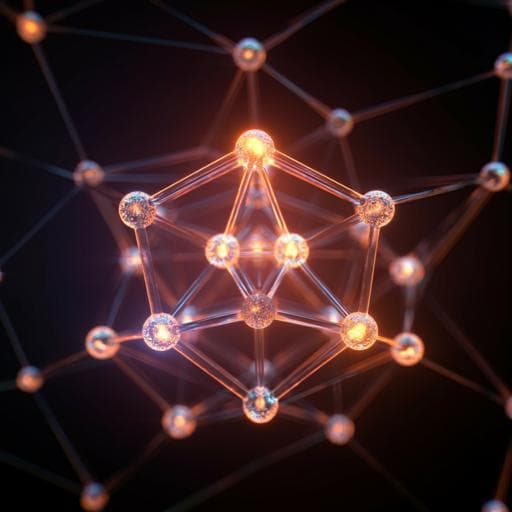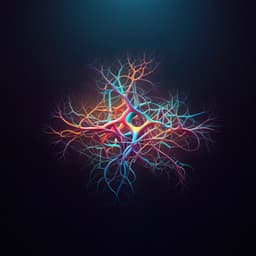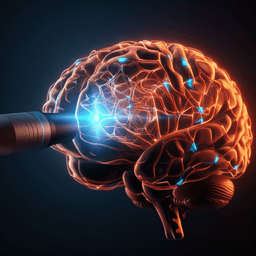
Physics
A neural network oracle for quantum nonlocality problems in networks
T. Kriváchy, Y. Cai, et al.
This groundbreaking research, conducted by Tamás Kriváchy, Yu Cai, Daniel Cavalcanti, Arash Tavakoli, Nicolas Gisin, and Nicolas Brunner, harnesses the power of neural networks to explore quantum nonlocality in networks. By determining if probability distributions can be simulated classically, the study highlights compelling evidence of nonlocality in quantum distributions, pushing the boundaries of our understanding in the field.
~3 min • Beginner • English
Related Publications
Explore these studies to deepen your understanding of the subject.







